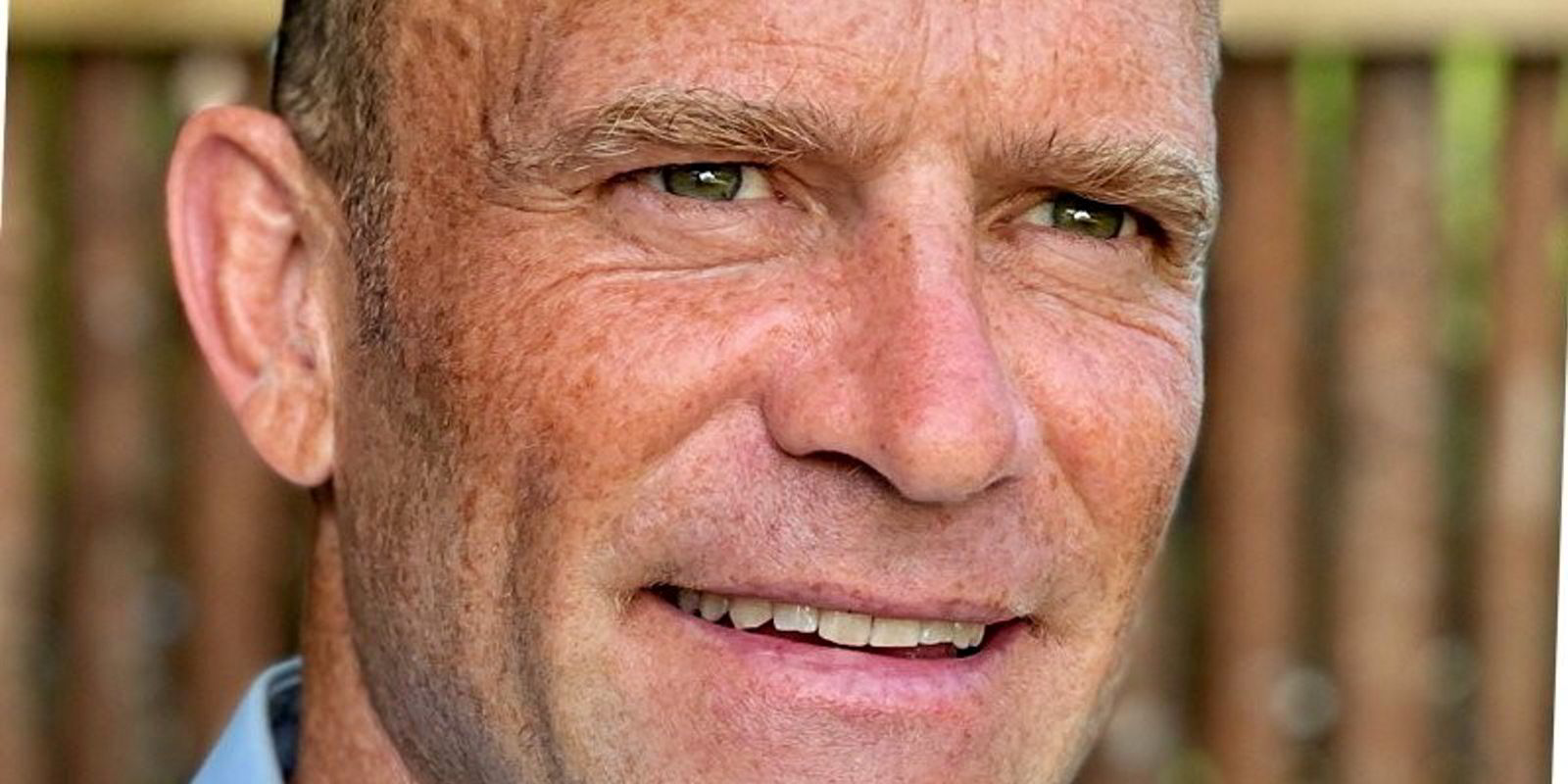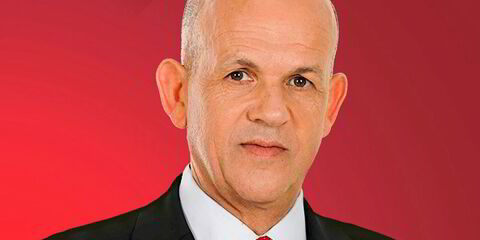The $60-per-barrel price cap on Russian crude oil is working just as intended, according to a senior US official.
The cap, championed by the G7, European Union and Australia, came into force on 5 December, designed to limit Moscow’s profits from fossil fuel sales to fund the war in Ukraine.
“So far we are seeing exactly what we wanted to see,” President Joe Biden’s energy envoy, Amos Hochstein, told a US conference, according to Reuters.
A report by the International Energy Agency (IEA) said the price of Russian Urals crude in northwest Europe stood at $43 by early December — well below the price cap. Global oil prices have fallen over the past month owing to widespread economic woes.
Hochstein claimed that one of the “largest crude trading houses” had started trading in Russian crude below the price cap, but gave no further details.
Analysts said it is too early to say what the impact of the cap has been, as it is little more than a week into the scheme.
It was accompanied by a ban on European imports of Russian crude.
The price of Russian Urals was trading at $62.66 on 5 December, according to oilprice.com, before falling to below $60 the following day and below $50 by the end of the week.
US authorities claim that the cap — which is subject to regular reviews — has in effect cut the price of traded Russian crude even to countries that are not part of the scheme.
The complex scheme has been criticised for not including key importers India, Turkey and China. Ukraine says the cap is set too high and does not penalise Russia.
Insignificant impact
“A material disruption in the export of Russian crude was expected as a result of the new sanctions, but so far the impact has been insignificant if any at all,” said Bjarne Schieldrop, chief commodities analyst at Sweden’s SEB bank.
He said one reason for the lack of disruption is the relatively high level of the cap, which allows EU and G7 insurers to continue covering trades of Russian crude to countries outside of Europe. They now need to secure written assurances that the oil is being sold below $60 per barrel, according to government guidance.
The price of Urals naturally declines as Brent crude also falls, said Schieldrop. Brent peaked at $128 per barrel in March, just after the start of the invasion of Ukraine, and now stands at around $81 as prices decline owing to a weak global economy.

“It may be too early to really assess the net impact of the sanctions this early after the deadline,” said Schieldrop.
The 31-member IEA said Russian oil exports last month increased to their highest levels since April as buyers moved before the EU import ban and price cap took effect.
The increase was driven largely by Russian diesel exports, with crude oil loadings mainly unchanged, it said. A similar EU ban and price cap on refined oil imports is due to be brought in from 5 February.
Although Russian volumes were up, revenues dropped by $700m to $15.8bn in November because of lower prices and discounts for Russian-origin products, the IEA added.
“While lower oil prices come as a welcome relief to consumers faced by surging inflation, the full impact of embargoes on Russian crude and product supplies remains to be seen,” it said in its monthly oil report.



